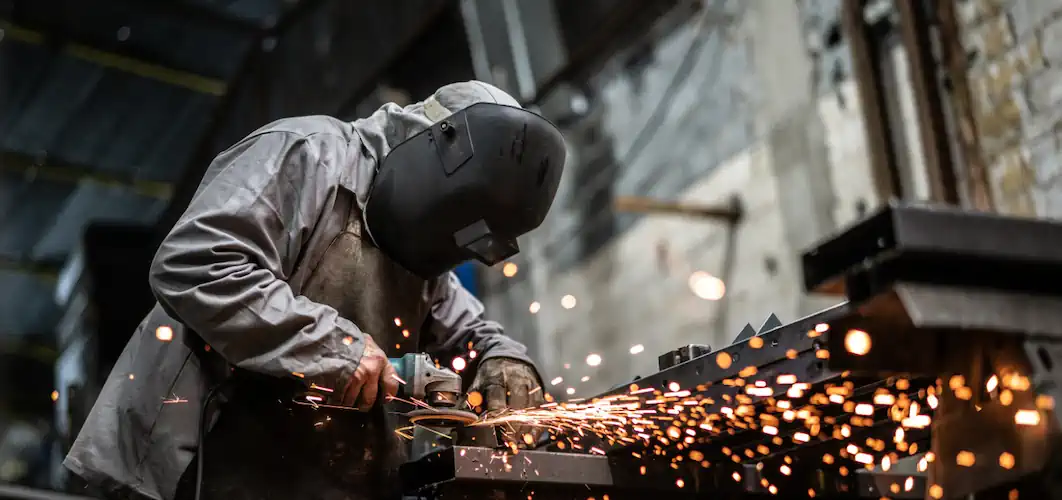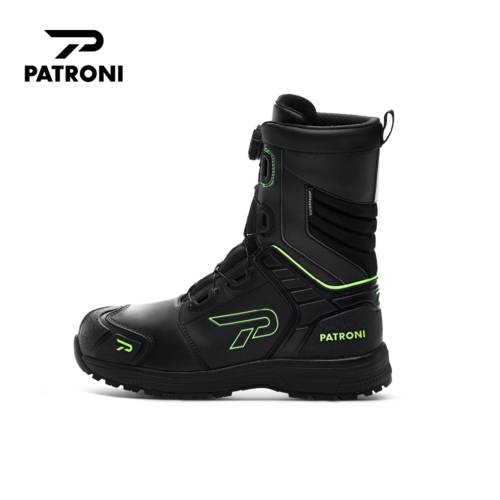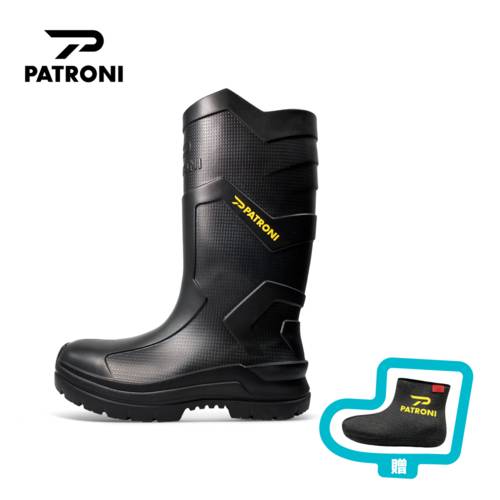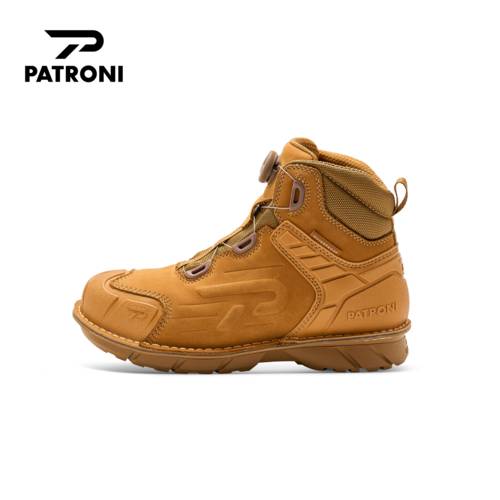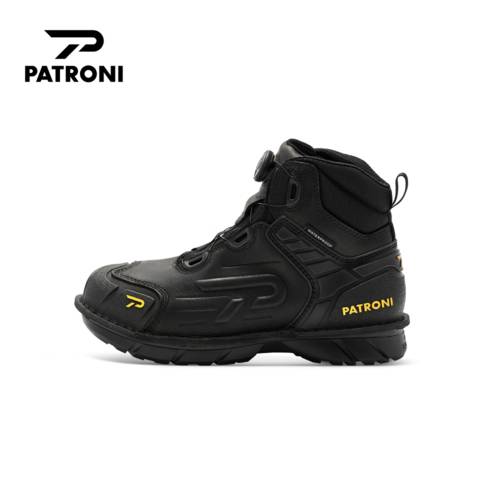7 Tips for Fabricating a Custom PPE
Personal protective equipment (PPE) has become an everyday necessity, especially for those working in high-risk environments, the need for customised PPE is more important than ever. Whether you’re a healthcare worker, a construction professional, or just someone looking to add an extra layer of protection, having PPE that fits your specific needs can make a huge difference in your comfort and safety.
Creating custom PPE might sound daunting, but it’s a manageable process with the right guidance. In this article, we’ll share seven practical tips to help you fabricate PPE that’s perfectly tailored to your needs. We’ll cover everything from choosing the right materials to ensuring a perfect fit.
Table of Contents
Tip 1 Identify the Hazard
Tip 2 Consider Design and Functionality
Tip 3 Selecting the Right Materials
Tip 4 Gathering the Necessary Tools
Tip 5 Start with a Prototype
Tip 6 Limitations of Custom PPE
Tip 7 Prioritise Safety

The Purpose Of Customizing PPE
There are two main reasons why you might customise PPE:
- Improved fit and comfort: Custom PPE can be tailored to better fit the wearer, which can improve comfort and compliance. For example, earplugs can be moulded to a person's ear canals for a better seal, and safety glasses can be fitted with prescription lenses.
- Branding and identification: Companies can customise PPE with their logos or slogans to promote their brand identity. This can also help to identify workers in an emergency.
Customization shouldn't compromise the safety of the PPE. Any modifications should be done by a qualified professional and the PPE should still meet the relevant safety standards.

Planning Your Custom PPE
When fabricating custom PPE for your workplace or yourself, several considerations can ensure both safety and comfort for employees:
Tip 1. Identify the Hazard
Before designing custom PPE, identify the specific hazards your workforce may encounter. Hazards can range from chemical exposures to biological risks and physical impacts. Each type of hazard requires tailored protection.
For chemical hazards, selecting materials resistant to corrosive substances is paramount. Biological hazards necessitate materials that prevent penetration and are easy to sanitize. Physical hazards like impact or temperature extremes demand durable materials that offer sufficient insulation or ventilation.
Choosing appropriate materials ensures that your custom PPE not only protects but also enhances wearer comfort and safety. Consultation with safety experts or suppliers can assist in selecting the most suitable materials for your custom PPE needs.
Tip 2. Consider Design and Functionality
Beyond material selection, the design and functionality of custom PPE greatly impact its effectiveness. Factors such as ease of use, breathability, and freedom of movement are crucial for ensuring that employees wear PPE consistently.
Design considerations may include ergonomic features that accommodate diverse body shapes and sizes, ensuring comfort during extended wear. Breathability is essential, particularly in environments where heat stress is a concern. PPE that restricts airflow can lead to discomfort and reduced compliance among workers.
Functionality also extends to additional features like the integration of company logos or customised text. Branded PPE not only promotes company pride but also enhances visibility and identification in the workplace, especially in high-visibility environments where hi-vis apparel and safety glasses with branding are advantageous.
Materials and Tools
When crafting custom Personal Protection Equipment (PPE), choosing the right materials and gathering essential tools ensure safety and quality. Here’s how to get started:
Tip 3. Selecting the Right Materials
To begin, explore a variety of materials suitable for custom PPE, such as different fabric types and plastics. Each material has its advantages and considerations:
Fabrics
Common options include cotton, polyester blends, and speciality fabrics like high-visibility (hi-vis) materials. Cotton is breathable and comfortable, ideal for everyday wear, while polyester blends offer durability and moisture-wicking properties. Hi-vis fabrics are excellent for enhancing visibility in hazardous environments.
Plastics
Polycarbonate and polypropylene are often used for safety glasses and face shields. Polycarbonate provides high impact resistance, making it suitable for protective eyewear, while polypropylene offers lightweight and chemical resistance properties.
Tip 4. Gathering the Necessary Tools
Equipping yourself with the right tools is essential for efficient PPE fabrication. Here’s a basic list to get you started:
- Sewing Machine: A reliable machine for stitching fabrics together securely.
- Scissors: Sharp scissors for cutting materials accurately.
- Measuring Tape: Essential for taking precise measurements to ensure a proper fit.
- Heat Press: Useful for applying logos and custom text to garments.
- Embroidery Machine (Optional): If you plan to add embroidered logos or text, an embroidery machine is essential.
Depending on your designs and the customization options chosen (such as branded PPE with company logos), additional tools or equipment may be necessary. For instance, if you’re incorporating intricate designs or specific safety features like reinforced seams, specialised tools will ensure quality and durability.
Fabrication Process
When fabricating custom PPE such as a hard hat or a safety helmet, with your company logo, beginning with a prototype is crucial.
Tip 5. Start with a Prototype
A prototype allows you to test the design and functionality before full production, ensuring that the final product meets your safety and branding requirements. Creating a prototype involves crafting a preliminary version of your custom PPE based on your specifications. This step helps in evaluating factors like comfort, fit, and durability. Starting with prototypes to assess how well the PPE integrates with your employees' tasks and environments.
Prototyping also allows for adjustments to be made early in the process, whether refining the placement of a company logo or ensuring that the hard hat prototype provides adequate protection against specific hazards. This iterative approach fine-tunes details that can enhance the well-being of your workforce.
Safety and Effectiveness
In today's workplace, ensuring the safety and well-being of employees is paramount. Custom Personal Protective Equipment (PPE) such as branded safety glasses, hard hats with company logos, and customised gloves can enhance safety while promoting your brand. However, it's essential to follow best practices to ensure these items effectively protect your workforce.
Tip 6. Limitations of Custom PPE
While custom PPE can be an excellent option for promoting your business and providing a personalised touch, it's crucial to recognize its limitations. Homemade or custom-made PPE may not offer the same level of protection as certified equipment. Safety standards for PPE are rigorous and ensure protection against specific hazards. Therefore, when customising PPE, always prioritise safety over aesthetic customization. Ensure that any customization does not compromise the protective integrity of the equipment.
Tip 7. Prioritise Safety
When considering custom PPE, consult with a professional supplier who understands safety standards and regulations. Prioritising safety means choosing PPE that is certified and tested for the hazards your employees face. While it's tempting to add branding elements like company logos or custom text, ensure these additions do not interfere with the functionality of the PPE. A professional supplier can advise on the best ways to incorporate branding without compromising safety.
Branding PPE or adding custom texts can instil a sense of pride among employees and promote your brand within the workplace. However, always ensure that customization is done in a way that does not detract from the primary purpose of the equipment – protecting your employees from workplace hazards.
Purchasing Customised PPE
For those who lack the resources or skills to fabricate their own PPE, purchasing customised options is an ideal alternative. It bridges the gap between generic solutions and the tailored safety gear one might create if the means were obtainable. Custom PPE provides a practical and effective solution for ensuring maximum protection and comfort on the job.
Investing in customised PPE is not just about luxury; it’s a smart approach to safeguarding your health and well-being at work. Done by professionals, it will keep your employees safe while offering them a cosy fit. It ensures that you have the best possible equipment to meet your workers' specific needs, providing peace of mind and allowing you to focus on your tasks with confidence.

Benefits Of Customizing PPE
There are several benefits to customising PPE (Personal Protective Equipment) for workplaces:
Improved Fit
Standard PPE comes in a limited size range. Customization allows for a better fit for all workers, including those who are larger, smaller, or have disabilities. A better-fitting PPE is more comfortable to wear for longer periods and reduces the risk of it slipping or falling off during use.
Enhanced Functionality
Custom PPE can be designed with specific features to address the unique hazards of a particular job. For instance, gloves can be reinforced in areas prone to wear and tear, or high-visibility clothing can be incorporated with flame-retardant materials.
Increased User Comfort
More comfortable PPE is more likely to be worn correctly and consistently by workers. This can be achieved through better fit, using lighter-weight materials, or incorporating features like improved ventilation.
Reduced Costs
Custom PPE can sometimes lead to cost savings in the long run. Well-fitting PPE is less likely to be damaged or lost, and features that improve durability can extend the lifespan of the equipment.
Improved Brand Identity
Companies can customise PPE with their logo or branding. This can promote a professional image and increase brand awareness. It can also help to identify workers on a job site.
Boosted Morale
Workers who feel their employer cares enough to provide them with properly fitting and functional PPE are more likely to feel valued and have higher morale.
Better Protection With The Right Custom PPE
Creating custom PPE might seem like a big task, but with the right steps, it’s entirely manageable. By understanding the specific hazards your team faces, choosing the right materials, and focusing on design and functionality, you can make PPE that’s not only safe but also comfortable and suited to your needs.
Whether you decide to make your own PPE or purchase custom-made options, investing in tailored protective gear is a smart move. It’s about making sure everyone on your team is as safe and comfortable as possible. By following these seven tips, you’ll be well on your way to providing top-notch protection that lets everyone focus on their work with confidence and peace of mind.





